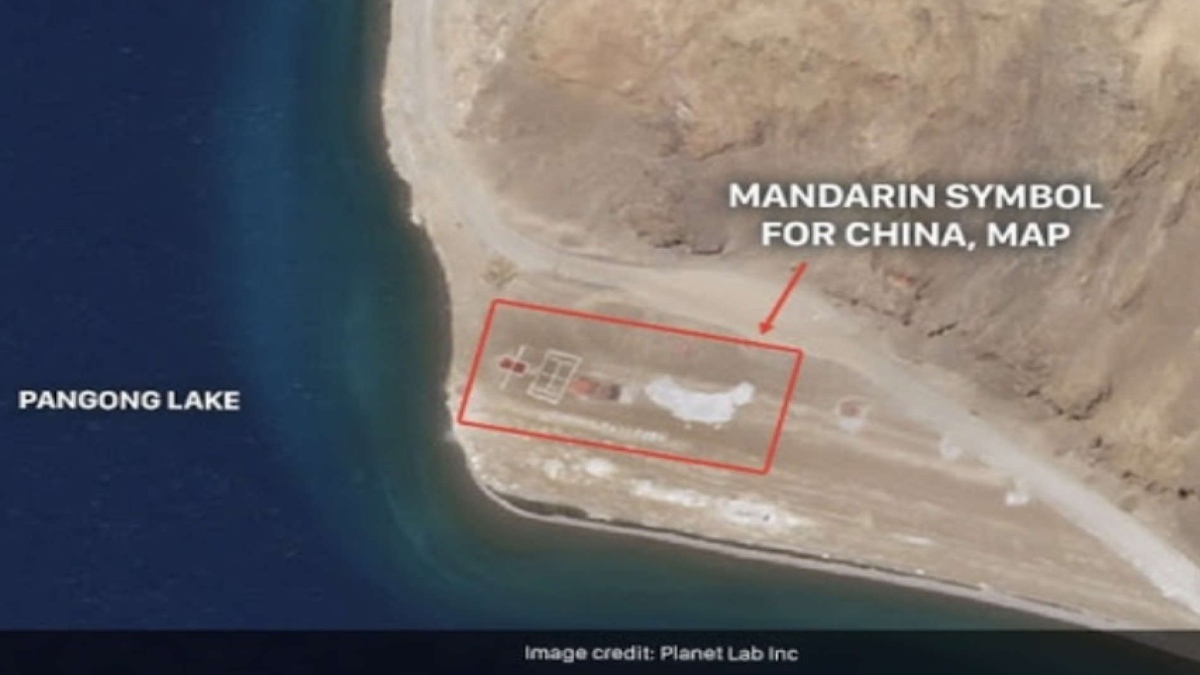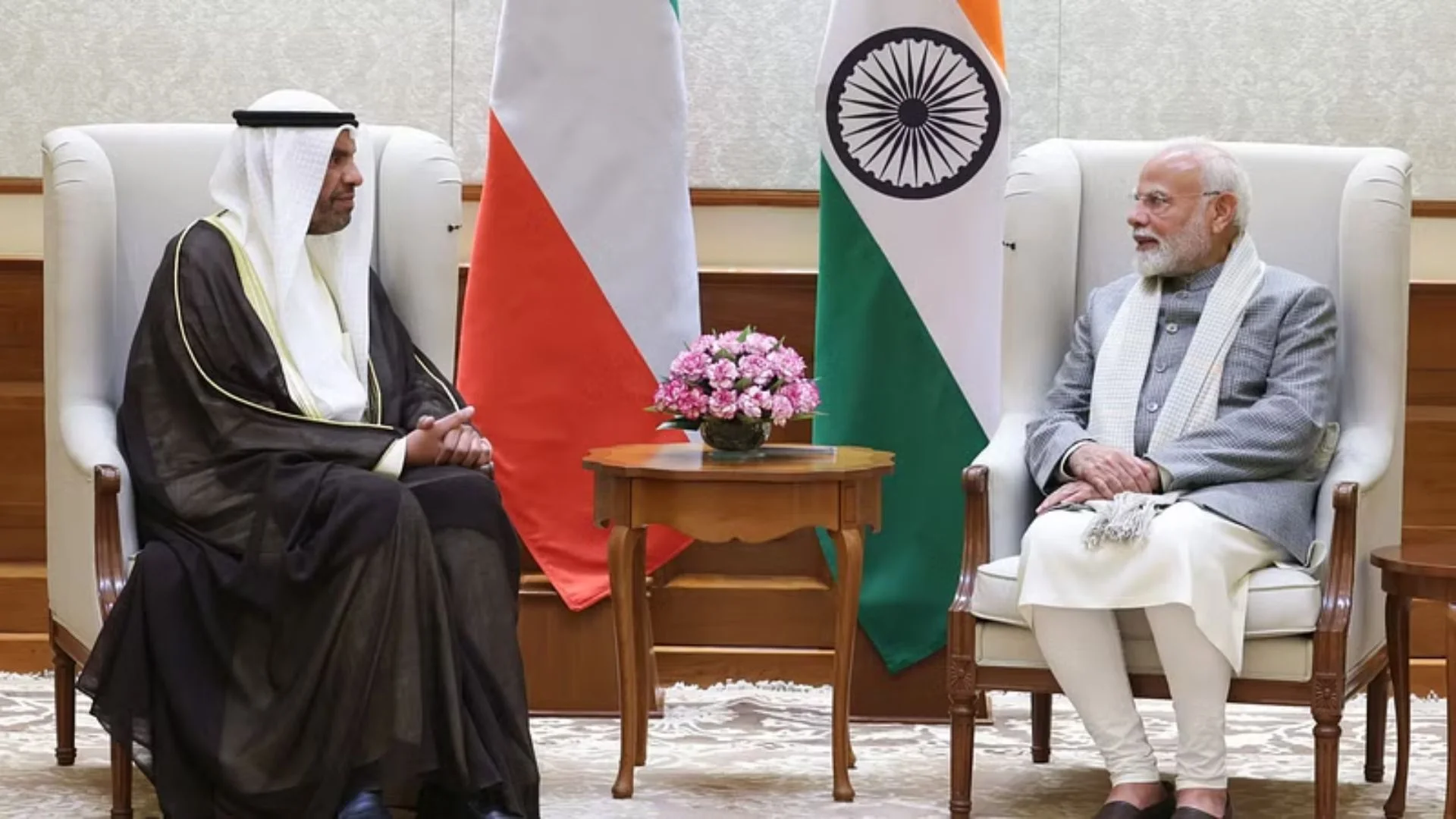Sino-India disengagement in eastern Ladakh is fundamentally good news. The Defence Minister has outlined the broad modalities. It was followed up by an explanatory press release. Vacation of Kailash Range prior to resolving issues at Depsang, Hot Springs and Gogra has worried many. Understandable. However, disengagement is a work in progress and phased. It will be a long-drawn affair. We do not have the fine print. Hence no speculations. Leave it to the commanders on ground to see the process through. They know the situation better and would have built fall back options to ensure that issues are resolved. Have faith in them. They will not let us down.
Let us examine the outcomes based on facts. From the beginning the PLA aggression was doomed to go nowhere. On 26 May 2020, I had written that there are two likely outcomes. The standoff ends at a table and China withdraws to resume as an unmanned LAC or we end up with a manned LAC. We are in between. China is withdrawing to Finger 8 and we will end up with semi manned LAC.
After 1962, the Chinese got a bloody nose at Nathu La, were outmanoeuvred in Sumdorong Chu and blocked in Doklam. Against this backdrop China started this conflict. First, it must have done some assessment and selected an aim. What was it? We still do not know. If they are now going back to their starting points, their selected aim(s) has neither been maintained nor achieved! On the other hand, India has walked away with enhanced strategic confidence, infrastructure boost, better preparedness, closer Indo US relationship and more as predicted . What China did not want at all! Second, the Chinese put up signage and a China map , between ‘Finger 4’ and ‘Finger 5’ measuring approximately 81 m by 25 m, large enough to be spotted by satellites. In this era of perception battles, this was proclamation of sovereign Chinese territory. Today they are in the process of vacating it after obliterating that map! Sovereignity gained and Sovereignty lost! Thirdly, it was always told that a stalemate is a victory for India in any Sino India conflict. We are at a stalemate. Fourth, very clearly from all international reports, including the latest one of Tass, China has suffered more casualties at Galwan. Fifth, the Chinese were also clearly outmanoeuvred at Kailash Range when India occupied it with an ‘in your face’ surprise action. Lastly, if you have not achieved your aim, suffered more causalities, been outmanoeuvred, surprised, packed up your flag where you planted it and are going back to your starting point—have you lost it or not? Understand this. The four feet tall Chinaman has lost it. The psychological effect on troops will be long lasting.
Last year it was predicted that PLA will steam roll us. People from USA and Taiwan expressed concern. Pakis were gleeful. How would India cope with this mean machine? They had heard that Indian Army did not have enough clothing and that there were all kinds of shortages. All that stands answered. Incidentally it was the Chinese who have been wanting to quit ever since October-November. It was PLA who was not well clothed! It was our considered decision to keep them there till now. PLA has suffered causalities and lost motivation further as a result. The PLA is clearly limited by capability. The chasm of experience between the political PLA and the professional Indian armed forces was apparent. PLA has an overestimation—underestimation paradox.
Chinese influence ops constantly build a halo of invincibility around PLA capabilities while denigrating others capabilities. It appears that the PLA leadership has fallen prey to its own influence ops. They believed in their ‘overestimated’ capability (in all media by all their ‘experts’) and ‘underestimated’ Indian military capability. Of course they found out a reality. This complements another visible stability-instability paradox. ‘Stability’ of top echelons of PLA in organisation, planning and preparing is visible. Equally, an ‘instability’ at fighting echelons due to lack of experience, motivation and initiative has manifested. If one notices, PLA stopped showing any fight after Sep 20. The PLA is not quite the modern fighting force as it is made out. It is also clear that wars are not won by Comprehensive National Power. There has also been lot of international commentary that the Indian armed forces are too conventional and ‘not fit’ for modern wars. Wars might be modern. However Sino Indian conflicts have to be still fought on good old unforgiving Himalayan terrain. The PLA has found that it takes more than Global Times propaganda to make it a high altitude capable force.
However, let us not gloat or drop our guard. China remains untrustworthy as ever. Galwan stands testimony to their perfidy. In this disengagement process it will be prudent on our part not to trust PLA . Repeatedly verify everything. Also, we should expect a stab in the back any time. Hence we must keep it covered. I do hope that our Commanders on ground have built in insurance and leeway to prise the PLA away from Depsang, Gogra and Hot Springs as indicated by our RM in the parliament. I am also sure that they have taken enough precautions to ensure that the Kailash Range does not fall in the hands of the Chinese when vacated. In any case, the defences previously built will continue to be manned. I do not think the whole range will be vacated. I have confidence in the commanders on ground. We will leave it to them to sort out the long drawn process which has just started.
We should also understand as to why the Chinese are stepping back. Firstly the CCP centenary celebrations are due this year. China cannot afford an ongoing conflict situation in summer where the risk of loss is as high as the uncertainty of victory. It will spoil the party for Xi and his power dispensation. Next. China wants to get out of a two front situation. This is its secondary front. If it persists here, it will face trouble at the front door – South China Sea. From the beginning I have been saying that the PLA does not have resources to deal with India, leave alone all fronts. Continuing a confrontation with India only stretches Chinese resources. More importantly, the PLA has hit a wall. They would have known that no country has been able to force the issue through armed aggression with India—directly or indirectly. In all cases they were in an unwinnable situation. They are cutting losses. They need a different strategy hereafter.
The natural question is: What if the Chinese recommence their offensive in summer? What if they re-occupy the heights? As I have pointed out earlier, the CCP centenary is coming. Hence. What if they lose again in a conflagration? End of story. Will they risk it? No. PLA does not have capability to prosecute mountain warfare. If they had, they would not have had to obliterate their map on Finger 4! The next question is that having learnt the conditions in eastern Ladakh, is PLA more experienced to prosecute offensive operations? Doubtful. They carried out offensive ops, only when unopposed. Even then they were road bound Off the tracks, their capability remains suspect. They have to shed blood for that. We developed this fighting capability by shedding blood and kicking Pakistanis out of Tololing, Tiger Hill and Jubar and… also losing lives in Siachen. It is a steep learning curve. Further as this situation continues, the Tibet factor will assume greater proportions. Already the issue has been rekindled. As time goes by, the costs for China will also go up. I am sanguine that nothing serious will happen immediately. Yes . There will be probing attempts like the one at Naku La. If they find a weakness they will grab it. There will be faceoffs and clashes. Let us not rule it out. Another major point is that China’s internal conditions are not favourable to risk an ongoing conflict. I am referring to the combination of vaccines, virus, economy, manufacturing, dissent, bankruptcies et al. Of course, China can go back on its word. There will be repercussions for that beyond the conventional… Quad… Tibet… insurgency… CPEC…bleeding… increased international trust deficit… China is not a runaway express train.
Ah! Where does this leave the Pakis? Squirming. Release of Chinese pressure on India in eastern Ladakh means a threat from western Ladakh into Gilgit Baltistan! After all if the situation eases with the Chinese, India has well prepared troops in situ, to march west! Hence a two-front situation turns into ‘advantage India’. Classic inner line operations. Look further, if their bosom Chinese friends cannot make headway against India and have to back track, what happens to the Pakistani psyche? Reminds me of that famous dialogue” ‘Thera kya hoga kalia?’
Where does this leave India? The primary task before India is to achieve ‘status quo ante’ of last year. At the same time we must be ready for any Chinese turnaround. If it happens we should be prepared to do some counter incursion into PLA held areas and turn tables. More importantly we should prepare for the next round which will happen down the line. However, our effort should be to build conventional deterrence to ensure that the fight is taken deeper into Tibet. To achieve that India must force multiply its rebalancing plans with increased firepower reach and surveillance capability as I have outlined earlier. Very importantly we need to build sinew into our Armed Forces. Despite all the talk of Aatmanirbhata and it being a strategic imperative , it takes a cogent plan to achieve it. We have been better at making new DAPs and announcing grandiose schemes but rather laid back in executing them. Another major lesson for India is that for the first time military led talks have been successful. Till now our failures have been guided by a standalone approach of the MEA. Going forward, we should build on the synergy achieved in this episode to develop integrated approaches where the Armed Forces are genuine stakeholders rather than being side lined.
A new dynamic has been introduced in the LAC management. The area between Finger 8 and Finger 4 has been configured into a ‘no transgression’ area. If this mechanism works, it can be used to manage all areas where perceptions of LAC overlap between India and China. It will reduce friction by keeping the forces apart. However it is too early to see how this experiment pans out. Further China and India will have to work out verification mechanisms for disengagement bilaterally. Overall there is a long way to go.
Finally, the disengagement was announced by our Defence Minister on the floor of the house. The Chinese announced it through a nondescript spokesperson. What does it tell you? The difference between the victor and the vanquished? Leave it to you to decide.
Lt Gen PR Shankar was India’s DG Artillery. He is highly decorated and qualified with vast operational experience. He contributed significantly to the modernisation and indigenisation of Artillery. He is now a Professor in the Aerospace Dept of IIT Madras and is involved in applied research for defence technology. His other articles can be read on www.gunnersshot.com.







